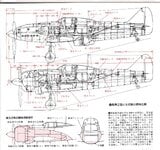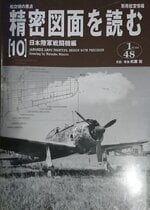Shortround6
Lieutenant General
3 small spars might be both stronger and lighter than 2 big spars. Remember that the skin handles some of the load/spreads it out.How could such a slender, delicate wing be so rugged? The weights of the Ki-61/100 in comparison with similar fighters do not indicate heavier structure.
How were three spars possible without being heavier?
I thought the Me 109 had a main spar with two auxiliary spars as well.
It is going to cost more to make however.
auxiliary spars are sometimes just places to hang the flaps and/or ailerons. they sometimes to not transfer torsional loads into the fuselage or the opposite wing structure.
Please note the Ki-61/Ki-100 did not have large gun bays interrupting things in middle of the wing.




